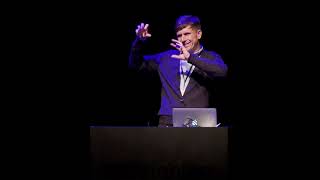Before the hagiographical praise for working with an iPad Pro, Robin nails the fundamental shape of the design process:
I had forgotten that there are two modes of design, just as there is in writing.
The first mode is understanding the problem, getting a ten-thousand foot view of the land. It’s getting people to acknowledge that this really is the problem we need to agree upon. This work needs to happen in a sketchbook in the form of messy, back-of-the-napkin drawings or in writing. All this helps you to form a proper argument and focus your thoughts.
The second mode of design is taking that ten-thousand foot view and zooming all the way in to the hairs on the back of the rabbit; figuring out the precise UI and components, the copywriting, the animations, the everything else. This should be done in a design tool like Figma or Sketch. And this is when we should be talking about color palettes, icons, design systems, and consistency.
The problem with almost all design work is that first phase never really happens. People don’t take that ten thousand foot view of the problem and are focusing instead on the pixels; they’re trapped by the system they know too well.
Yes, yes, yes! Spot on:
I think people get stuck in that second mode because productivity in design is often tied to “how many pages or frames did I design today?” when productivity should instead be thought of as “how did my understanding of the problem change?
